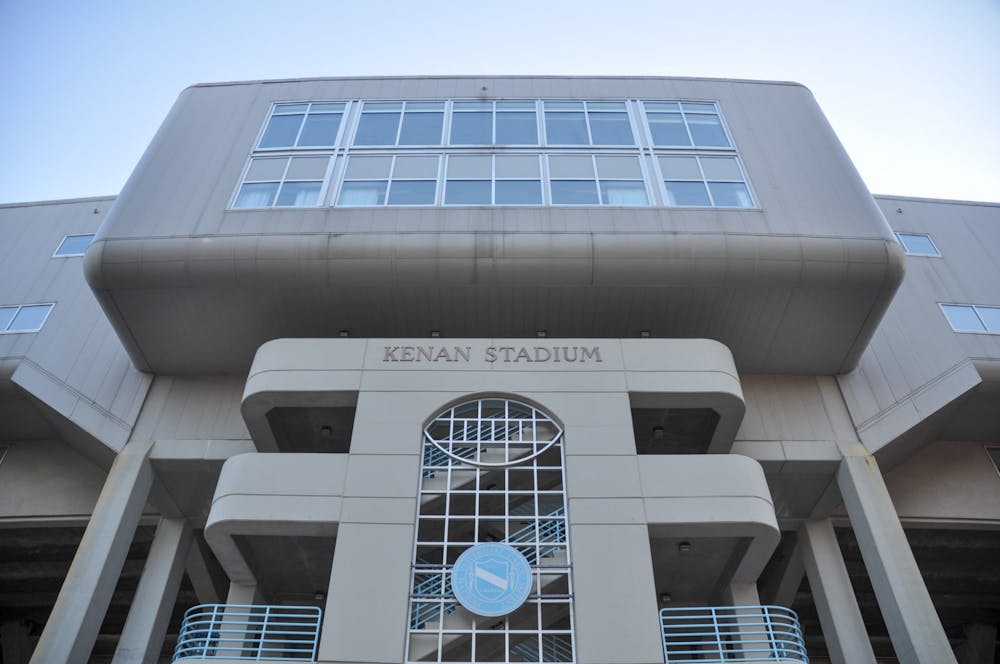Owen and Sarah’s other son, William Rand, would become an influential voice in North Carolina and participate in one of the worst instances of racial violence in American history. Another UNC student, William Kenan began his studies at the age of 15 in 1860. Three years later, he dropped out to enlist in the Confederate army, eventually attaining the rank of captain. Following the war, he moved to Wilmington and became an influential merchant, serving in the powerful position of port collector in the early 1890s.
As the turn of the century approached, however, the political atmosphere in Wilmington became increasingly dark and racially polarized.
Following the victories of a fusionist Black and white coalition in the previous election, white supremacists in Wilmington combined forces in 1898 to overthrow the local government. On Nov. 9, hundreds of white supremacists gathered in the city and drafted a “White Declaration of Independence.”
The document decried the, “enfranchisement of an ignorant population of African origin,” and proclaimed, “that we will no longer be ruled, and will never again be ruled, by men of African origin.”Among the 454 signatories of the statement was William Rand Kenan.
The next day was characterized by a violent coup d’etat against the government of Wilmington. In the day’s events, William Rand Kenan served as the captain of a group of militiamen, which possessed a rapid-fire machine gun. The squad spent the day shooting at Black residents and searching house-by-house for any remaining Black Wilmingtonians.
The day saw anywhere from 25 to hundreds of the city’s Black residents murdered at the hands of white supremacists mobs. Thousands more Black Wilmingtonians were expelled from the city, and the white supremacist mob successfully installed their own government. The coup’s leader, Alfred Moore Wadell, would continue to serve as Wilmington’s mayor until 1905. Just months before his death in 1903, Kenan was made a member of the UNC Board of Trustees.
Kenan’s son, also named William Rand Kenan, would become an influential voice at UNC. Graduating from the school in 1894, William Jr. soon became involved in the growing Union Carbide company. He soon partnered with real estate magnate Henry Morrison Flagler to construct developments along the Florida coast. With his wealth, he donated the funds necessary for the construction of Kenan Memorial Stadium, which he named after his father.
In 2018, UNC renamed Kenan Memorial Stadium to honor William Jr., amidst outcry over William Sr.’s involvement in the Wilmington massacre. At the same time, history professor William Sturkey criticized UNC for having a plaque that cited “chemicals, power, railroads and hotels” as the source of the Kenan family wealth.
According to Sturkey, the plaque failed to acknowledge that the “Kenan family fortune was compiled in the 19th century based on plantation-based slavery” at places like Thomas Kenan II’s Liberty Hall.
Slaveholding Kenans’ names are not represented on UNC’s buildings today. Kenan-Flagler Business school is named for William Jr.’s sister Mary Lily and her husband and William Jr.’s business partner Henry Morrison Flagler. Kenan Residence Hall is also named for Mary Lily.
Is all of this to say that modern Kenans are somehow responsible for the sins of their forefathers? Obviously not. However, with so many places named for the Kenans, it is important to acknowledge from where their influence and power originally came.
It did not come from William Rand Kenan Jr.'s entrepreneurship or inventiveness, but from the intergenerational wealth first built in the 1700s on the backs of enslaved labor.
To get the day's news and headlines in your inbox each morning, sign up for our email newsletters.
@TheMikenaean
opinion@dailytarheel.com



